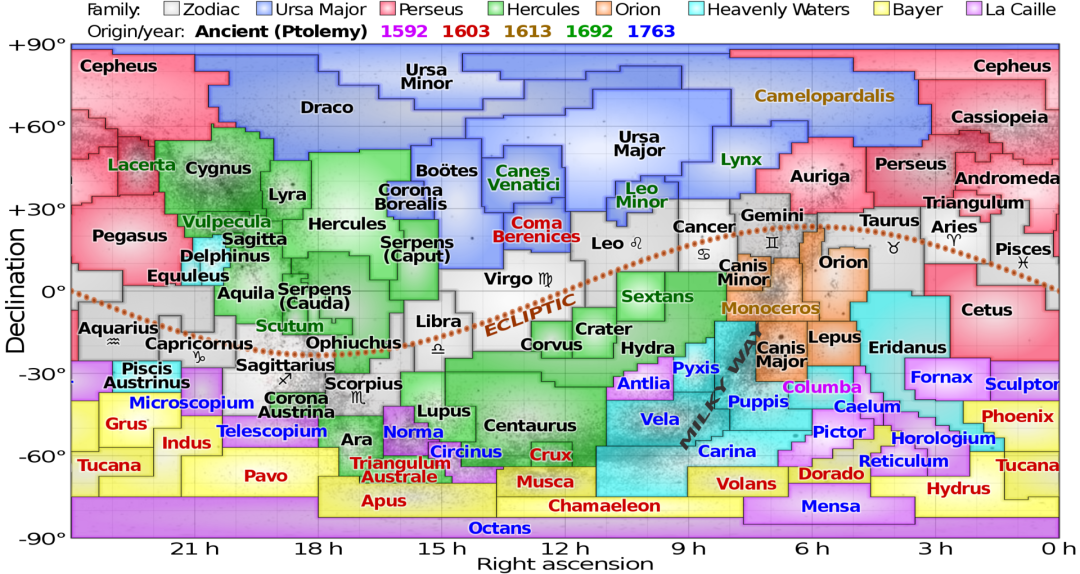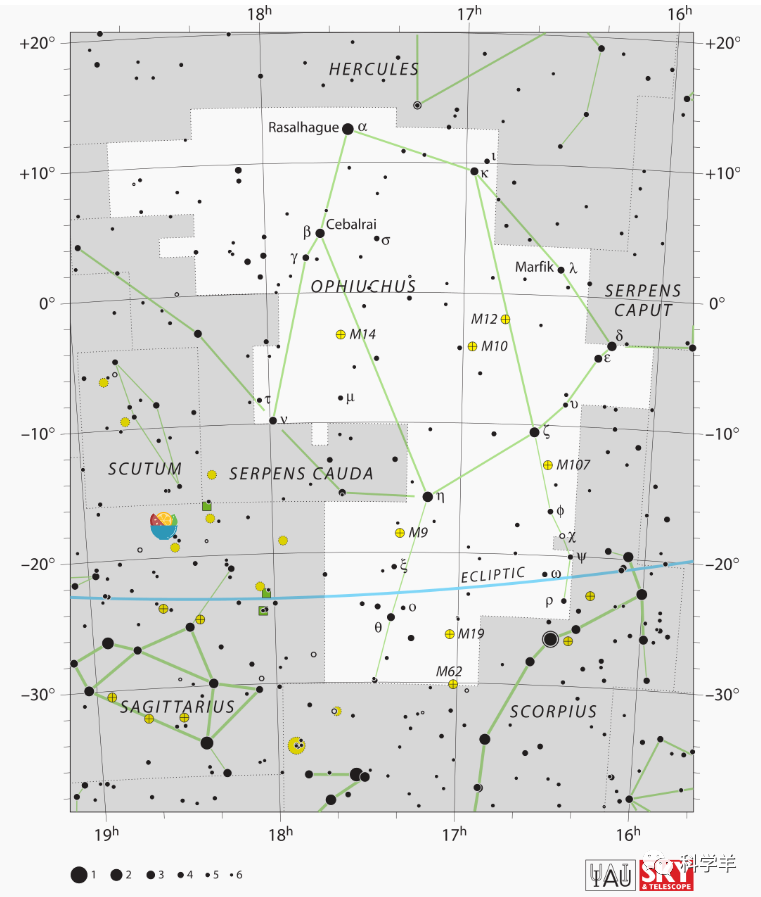Hey there, let’s dive into a bit of starry talk, shall we? Whether you’re a Leo, a Scorpio, or a dreamy Pisces, have you ever pondered over the astronomical and astrological tales behind these zodiac signs?
Today, we’re peeling back the mystical veil surrounding the zodiac!
Hey folks, I’m Science Sheep 🐏, and today we’re tackling a topic that gets everyone’s juices flowing – "The Zodiac."
Every time someone asks me my sign, I shoot back the answer without missing a beat. But the story behind these celestial symbols is way more intricate than I initially thought.
It’s a blend of ancient observations, cultural heritage, and modern astronomical research.
Today, we’re diving deep into this subject, and by the end of it, you’ll walk away with a handful of cool facts.
We’ll the difference between astronomical and astrological zodiacs;
Figure out why there are 88 constellations in astronomy but only 12 in astrology;
Discover how your zodiac sign was defined and what phenomena it’s based on.
Let’s kick things off with the clash of two worlds: astronomical vs. astrological zodiacs.

Astronomical Zodiacs: These are areas in the sky formed by stars, defined and recognized by the International Astronomical Union (IAU).
The entire sky is divided into 88 constellations, giving astronomers a clear coordinate system to describe the positions of celestial bodies.
The setup of constellations in astronomy initially involved grouping some bright stars together, imagining them as various shapes – animals, figures, tools, and so on.
These shapes then represented a whole bunch of stars in that particular region of the sky.
So, if someone needs to remember a specific star, they first need to remember which constellation it belongs to. Once they’ve got that image of the star cluster in their mind, it’s easier to pinpoint whether the star is in the head of the lion or the tail of the sheep.
The purpose of setting up astronomical constellations is to study planetary science and serve as a reference frame. The memorable names are just there to make things easier to remember.

Here’s a distribution map of all 88 constellations in the sky. Different colored backgrounds represent related myths, and different colored text indicates different confirmation years.
Astrological Zodiacs: These are based on ancient beliefs and superstitions.

In Western astrology, there are 12 zodiac signs, corresponding to the sectors of the zodiacal path that the Sun passes through during the year, as shown in the diagram.
Now, it’s important to note that the zodiac signs in astrology are a whole different ball game from the ones in astronomy.
The main difference between these two zodiac systems lies in their purposes and historical backgrounds.
Astronomical zodiacs are based on science and astronomical observations, aiming to provide astronomers with a precise system foring objects in the sky.
On the other hand, astrological zodiacs are based on ancient humans’ mystical interpretations and beliefs about the sky, used to explore the mysterious factors of personal destiny and character.
The origins of astrology can be traced back thousands of years, with records in ancient Babylonia, Egypt, and Greece.
They created a zodiac system, linking the movements of the Sun, Moon, and planets with events on Earth and personal destinies.
Despite lacking scientific evidence, astrology remains popular in many cultures and provides a way for people to explore personal differences and destinies.
I remember when I was writing the story of Copernicus in the second season of Physics, I mentioned that his groundbreaking work on the heliocentric theory actually originated from his research on astrology. I’ll definitely delve deeper into that topic another time.
Now, let’s talk about the separation of astronomy and astrology as astronomy progressed.
With advancements in astronomical technology, astronomy gradually evolved into an observation- and experiment-based science, while astrology retained its mystical and predictive nature.
So, how exactly are our zodiac signs defined?
In astrology, your zodiac sign is determined by the position of the Sun in the zodiacal area of the sky at the time of your birth. For example, if you were born on a certain day when the Sun was in the area of the Scorpio sign, then your sun sign is Scorpio.
Conclusion:
Zodiac signs, a topic we often bring up in conversation, are actually brimming with rich history, culture, and scientific knowledge.
Whether you’re an astronomer or just someone curious about astrology, you can find your own story within it.
The next time someone asks about your zodiac sign, you can not only tell them your sign but also share the interesting story behind it!
PS: Here’s a collection of zodiac signs for you all:
Serial Number Zodiac Sign Start Date End Date
1 Capricorn (Capricorn) December 22nd January 19th
2 Aquarius (Aquarius) January 20th February 18th
3 Pisces (Pisces) February 19th March 20th
4 Aries (Aries) March 21st April 19th
5 Taurus (Taurus) April 20th May 20th
6 Gemini (Gemini) May 21st June 20th
7 Cancer (Cancer) June 21st July 22nd
8 Leo (Leo) July 23rd August 22nd
9 Virgo (Virgo) August 23rd September 22nd
10 Libra (Libra) September 23rd October 22nd
11 Scorpio (Scorpio) October 23rd November 21st
12 Sagittarius (Sagittarius) November 22nd December 21st
Well, that’s all for today!
Masir, 2023-10-28
From Dongguan
Wishing you happiness
I already have over 200 science trivia entries, with a goal of reaching 1000. Welcome everyone to follow along; I’ll bring you a new science trivia every day~








